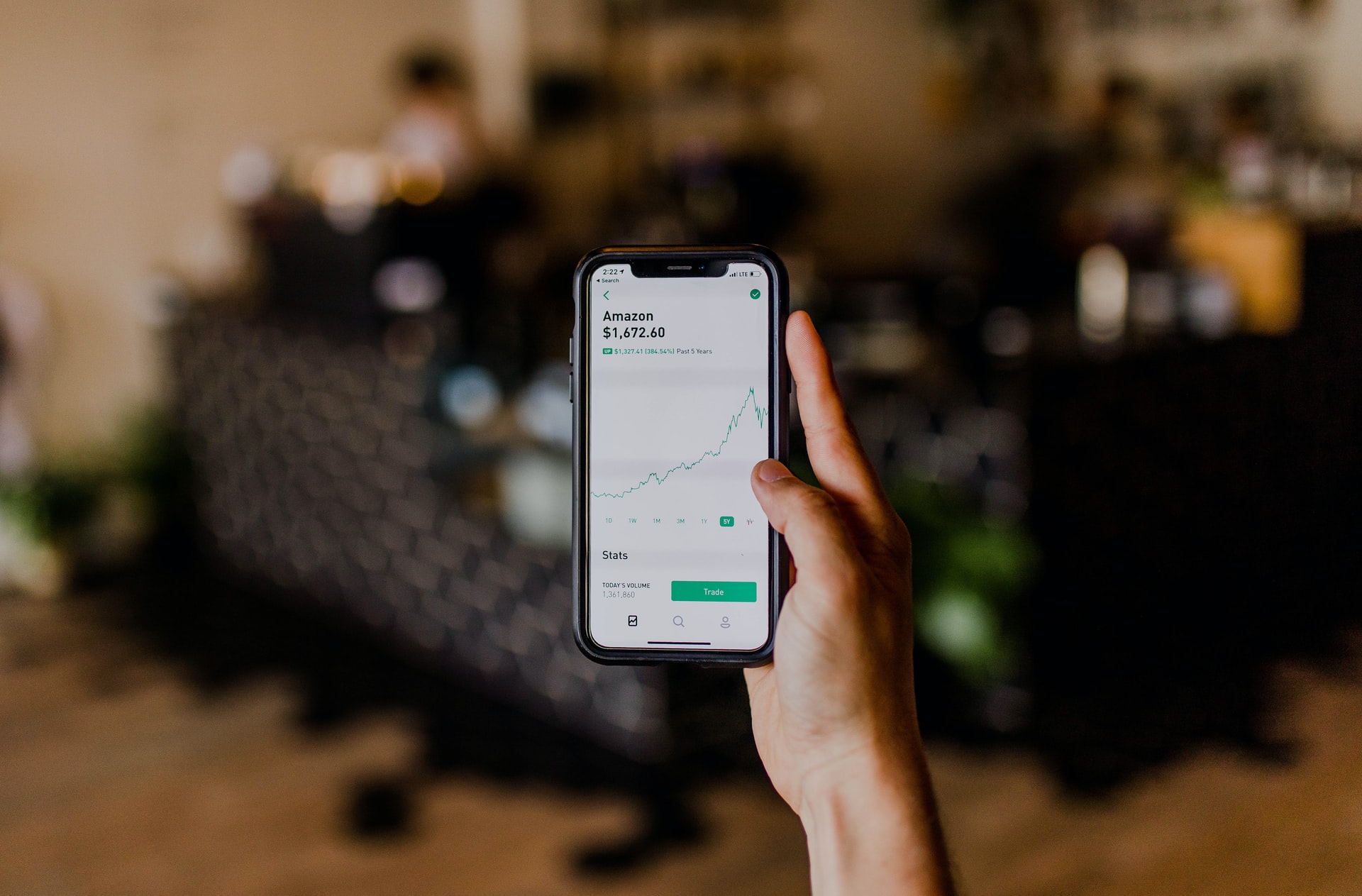With the Dow, Nasdaq, and S&P 500 all reaching new record highs, one must wonder, “is this an inflated market?” You don’t want to miss out on potential gains if this 12-year bull market continues its runup, but you don’t want to lose money by potentially buying at the top either. It can be an emotionally draining time to constantly be looking at your accounts and either seeing losses in your investments or gains in stocks that you didn’t buy, but you wish you had. FOMO (fear of missing out) is one of the primary drivers behind the surge of individual investors who decided to deal with their pandemic-induced boredom by logging onto Robinhood and trading stocks.
The problem with this approach is you’re asking the wrong question. Instead of asking when you should buy in or sell out, you should be asking yourself how much money you’re comfortable investing. Instead of asking, “when,” ask, “how much?” This will free you from the temptation to try to time the markets. A golden rule of investing is: don’t try to time the markets.
Once you’ve determined how much you can afford and should invest, set it up for automatic contributions and forget about it. Check your statements quarterly and watch your wealth grow. A good rule of thumb is to fully fund a Roth IRA each year because the earnings and distributions are tax-free to you upon withdrawal. You can currently contribute up to $6,000 per year to a Roth IRA and an additional $1,000 if you’re 50 years of age or older.
It’s one thing to be on the accumulation phase in up and down markets, but what if you’re in the distribution phase, such as in retirement during down markets? If you retire at the beginning of a bear market and you’re taking distributions of your investments at low levels, you are missing out on the future growth potential of those investments. It could be damaging to your account to be taking distribution of stocks for 80% of the value they were at previously.
During down years it may benefit you to spend less adjust your lifestyle, but you’ll generally fare well if you live by the 4% rule, which states that you can withdraw 4% of your account balance each year and not run out of money.
The way to invest in up and down markets is to not try to time the markets, but to consistently invest every month, quarter, or year, because for the last 229 years, the stock market has grown north, and that’s not likely to change.

